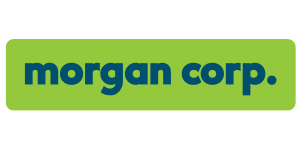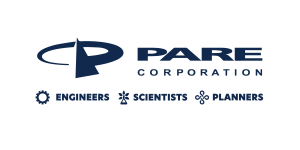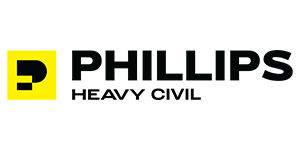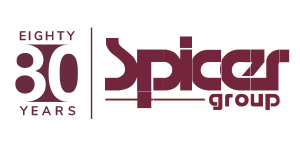Resource
A Discussion of Uplift and Exit Gradient Terminology and Factors of Safety
Seepage evaluations are one of the most important activities that relate to the safety of existing or proposed levees and embankments. Commonly these evaluations involve seepage at the downstream toe of the structure. Flow nets and various empirical guidelines and equations are tools often used in these evaluations. The most common scenario evaluated, particularly for levees, is one where a surface low permeability blanket horizon overlies a deep permeable sand horizon. Seepage transmitted under the levee or embankment can potentially develop uplift pressures at the downstream toe that are sufficient to cause a sand boil to develop, which can lead to backward erosion piping. Various guidelines are available to judge whether these uplift pressures are of concern, and whether remedial designs are warranted.
Another idealized condition that can be applicable to a site is one where the surface blanket is not present, and only a sand foundation is present under the structure. Guidelines for evaluating whether piping might develop in this scenario are less codified than guidelines for the blanket/aquifer condition discussed above. The guidelines for this condition are not consistent across the practice, resulting in a lack of uniformity in evaluations.
To compound the problem of understanding the guidelines and criteria related to seepage, considerable confusion exists over the terminology involved. The term exit gradient is a prime example. Exit gradient is the commonly used term used to describe the uplift present under a surface blanket, equal to the differential head across the blanket - divided by the thickness of the blanket. Unfortunately, the term exit gradient is used almost interchangeably for a very different type of computation, the exit or discharge gradient for seepage from the ground where there is no blanket.
This paper details the methods used to evaluate gradients for both typical scenarios discussed above and presents suggestions for a more unified terminology. Recommendations are included for clearer criterion statements regarding these two scenarios. Promoting a clear understanding of terminology and criterion statements should aid in a more consistent approach to evaluating seepage and determining whether remedial measures are warranted based on factors discussed. 41 pp. 42 references.
































